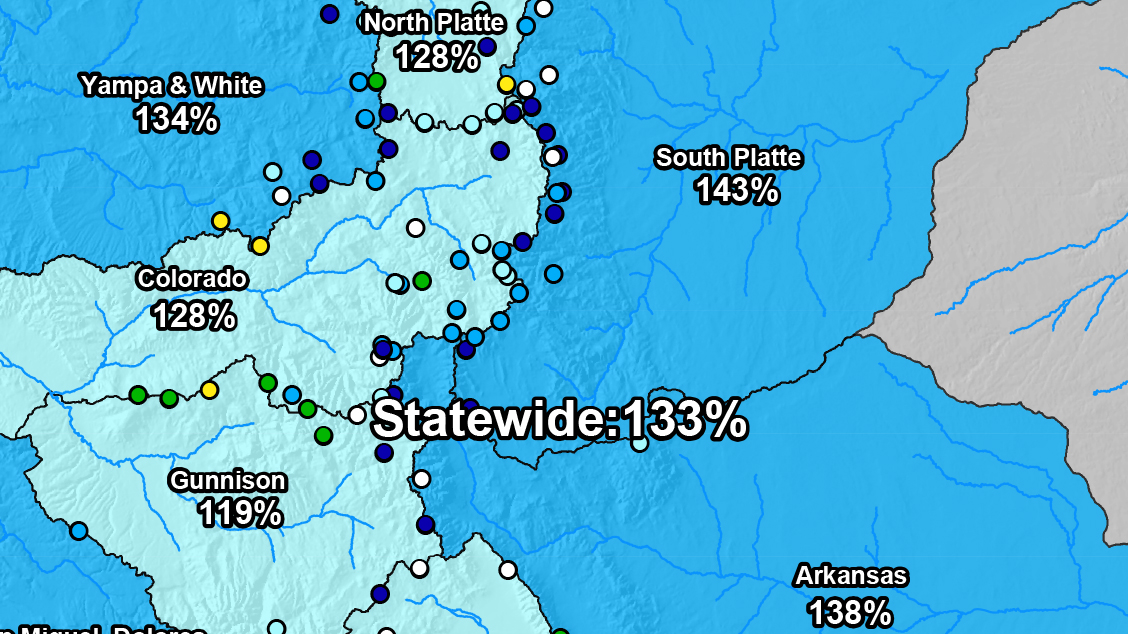Comparing inbounds & backcountry fatality rates is moot since usage is so different. Very few backcountry fatalities happen under high or extreme conditions because even users lacking formal avy education generally at least know the color scale forecast. Meanwhile, the resorts have their busiest days when it's deep and fresh (and likely dangerous when uncontrolled), and the vast majority of resort skiers aren't skiing with avy gear or planning their routes, etc. Part of the reason the East Vail numbers look low is that most people are being somewhat careful, even if the article overall reflects some reckless behavior to improve.
I totally agree with
@Slim the biggest piece the article misses is cost. Setup aside, avy gear and education are just under $1000, and most people pay for that after their skis/boots/bindings (my first setup would've looked really different if I had known the full price tag of the sport). I know a lot of people who rationalize that they only go out occasionally, go with educated partners, read Tremper's book and feel like they've done enough. I'm a huge fan of programs designed to bridge the gap between Avy Awareness and the whole enchilada of an AIARE course. SAFE AS is $149 and is taught on inbound gear and Lel brings extra rescue gear to lend out. NWAC saw that snowshoers tended to go without AIARE1, so they made a series of 5 classes, 2.5 hours each @ $15, that goes deeper into reading the forecast or using Caltopo - and also goes into what they
don't teach and would require an AIARE 1 or Rescue class. I also think the "what's your budget" question from shops should include the education and safety components so that there's money reserved for them once the gear shopping is done.


